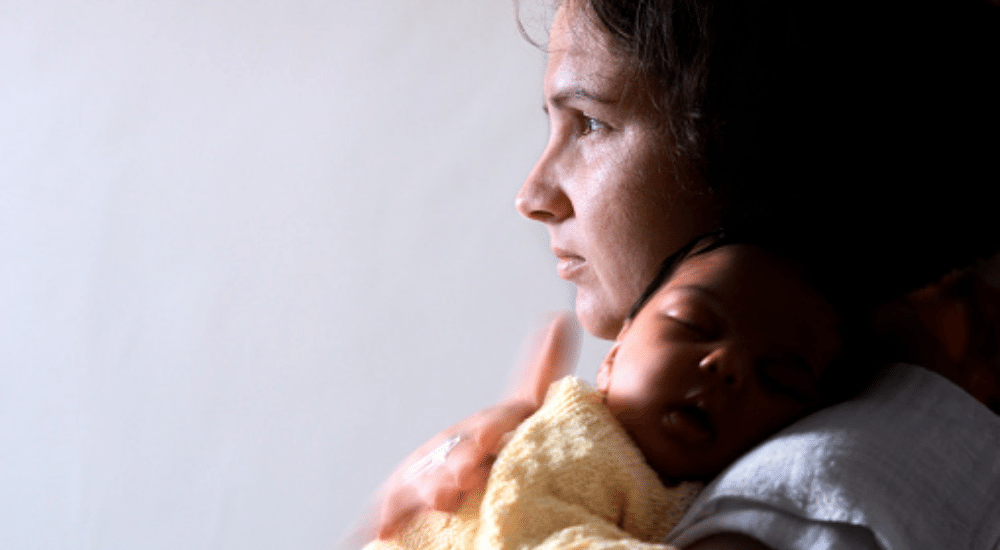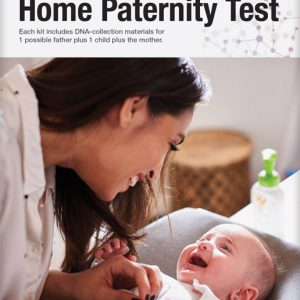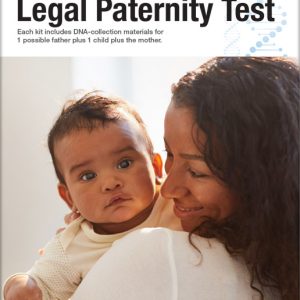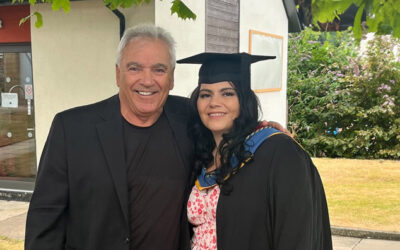
So many important decisions rest on DNA results, and participants are often understandably on edge during the process. A common question in paternity testing is, “Can a paternity test be wrong?” Once a report is issued, the results are not always what participants expected (or hoped), and that’s when this question usually arises. So can a paternity test be “wrong?” Here are some answers.
When Paternity Fraud or Father-Identification Mistakes Happen
According to a 2006 study republished by World Net Daily, 30% of positive paternity claims in the United States are thought to be wrong. This means when a mother names a man as the biological father of her child, up to 1 out of 3 of those claims are incorrect, either because the mother is trying to commit paternity fraud or she’s simply mistaken. More recent studies are hard to come by, but those numbers have most likely not changed too much.
What Does Paternity Fraud Look Like?
Here are some ways at-home (non-legal) paternity-test results can be manipulated so that they don’t indicate the correct biological father:
- The mother can submit the DNA for a known child of the possible father as the DNA of the child in question in order to get a positive result
- The possible father submits his buddy’s DNA as his own in order to get a negative result
- After DNA is collected from the right people, the mother or possible father tampers with the mailing envelopes and submits DNA for different people
Can’t the Lab Catch Fraud?
In some cases, fraud or mistakes are easy to catch. If a child is supposed to be male, but a female’s sample is submitted, for example; in these cases, an accredited lab will suspend testing right away and start asking questions and/or request new samples. But the lab can’t always catch fraud, especially for at-home tests. This is because a chain-of-custody process is not followed and DNA collection is in the hands of the customer rather than being supervised by an approved witness. This is also the reason why DDC does not put participant names on at-home reports and why reports for at-home tests are not court-admissible results: because there’s no way to verify whether the DNA the lab is given actually belongs to who the customer says it does.
Example: For at-home testing, the lab is answering this question: Is Possible Father A the biological father of Child A? If DNA for someone else is submitted as if it belonged to Possible Father A, then the answer may be very different that what it should have been, couldn’t it? The results from the lab are actually scientifically correct based on the samples provided, but if DNA for someone other than Possible Father A’s was submitted—which is fraud— the report could show an exclusion result for him even if he really is the father.
SOLUTION: When doing an at-home paternity test, we recommend that all participants witness each other swabbing their cheeks and the child’s cheeks and sealing the swabs in the paper envelope. It’s also important to go to the post office as a group to drop off the mailing envelope, thereby preventing any post-DNA-collection tampering. If participants live in different states and there is reason to believe someone might want to monkey around with results, it might be wise to consider choosing a legal, witnessed test instead.
When Possible Fathers are Close Biological Relatives
When two alleged fathers are close biological relatives, they share a relatively large percentage of the same DNA.
- Father/Son: 50%
- Brothers: 25%
- Uncle/Nephew: 25%
- Grandfather/Grandson: 25%
Because of the shared DNA, when testing the minimum 16 DNA markers for paternity (DDC tests a minimum of 20), there is a slim possibility that the man who is not the possible father could match the child being tested at every location. This scenario can create what is called a “false positive” result. So can a paternity test be wrong? In this case: yes, even though lab processes were followed correctly. It demonstrates how essential it is to provide as much information as possible when setting up the test (see solution immediately below).
SOLUTION: Ideally, both possible fathers who share a close genetic link should test. But when only one man is available or willing to test, it is absolutely essential that the person ordering the test let the lab know before testing starts that there is another possible father who is a close relative of the man being tested and what the biological relationship is between the two men. This way, the lab can take this information into account as it does its analysis and generates a probability of paternity, plus it can test additional genetic markers if necessary in order to get conclusive and accurate results.
Why It’s Important to Choose the Right Lab for Testing
Like any other business, some labs are better than others. If you want to ensure results are correct for your paternity test, be sure to select one—like ours!—that maintains the highest standards of accreditation in the industry. Being accredited means that the lab’s practices and processes are held accountable by outside independent entities that come in regularly to do inspections and make sure everything’s kept on the up and up. Our lab is actually the only one to have every paternity test performed twice—by independent teams—to ensure complete accuracy.






0 Comments